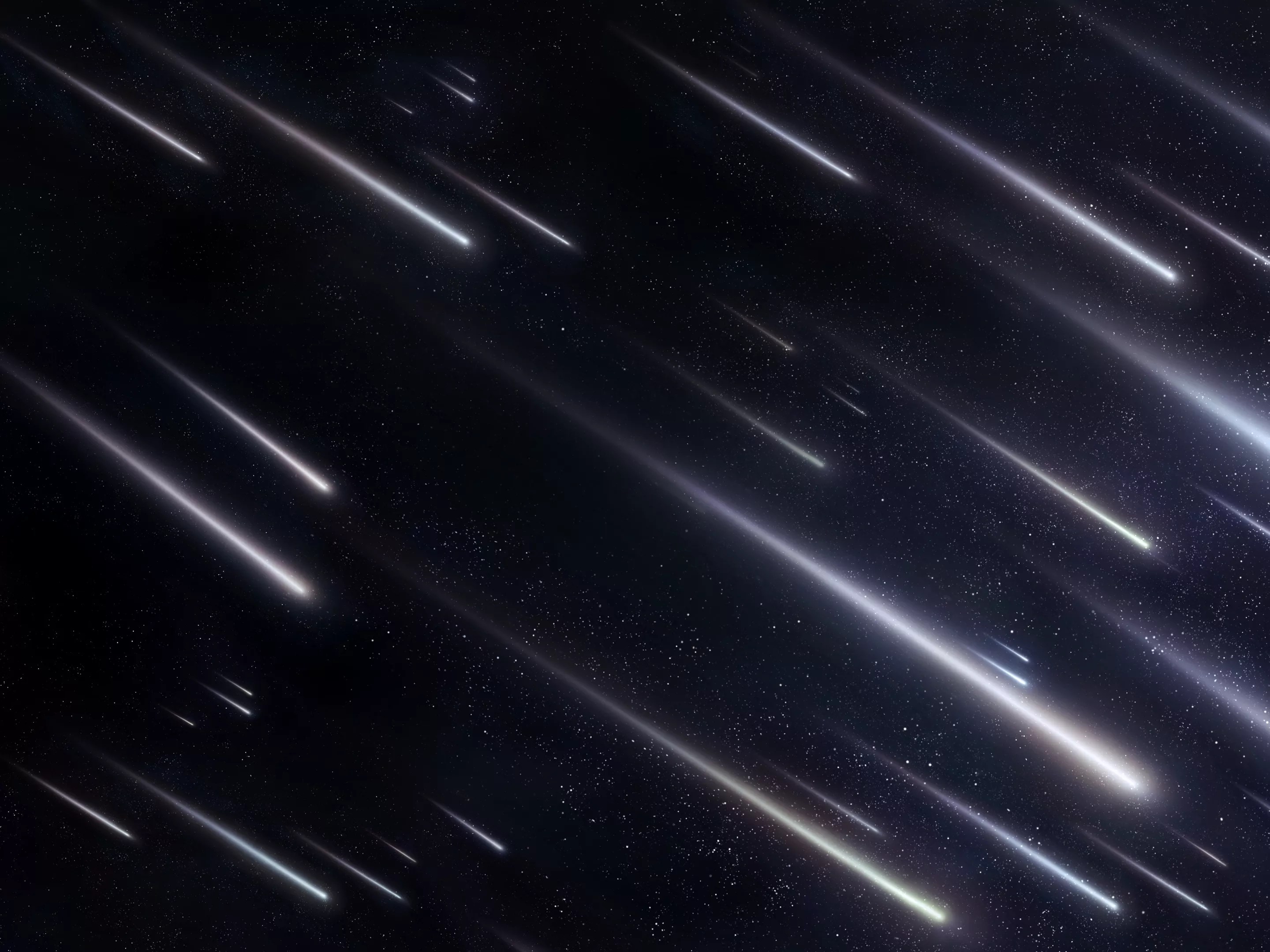
Adobe Stock

Audio By Carbonatix
Dallas may have one of the most beautiful night skylines, but you may want to take some time in the next few weeks to get away from the city lights and gaze at the three concurrent meteor showers raining over North Texas right now.
According to the American Meteor Society, in one week, on July 29 and 30, two of the meteor showers, the Southern Delta Aquariids and the Alpha Capricornids, will peak, producing beautiful astral spectacles across the dark sky. The moon will be 27% full, creating optimal conditions for even novice astronomers and beginner stargazers.
Both meteor showers will end on Aug. 12, but by that time, the largest and most popular annual meteor shower, the Perseids, will peak, and Disney-style wish-making conditions will never be better.
The Southern Delta Aquariids have medium-speed meteors, and a few of them have the picture-perfect tails we see in the movies. The Alpha Capricornids produce only five shower members per hour, but they are known for being distinctly bright and slow-moving, traveling 14 miles per second, giving you lots of time to see them before they’re just ash.
This year, make your gift count –
Invest in local news that matters.
Our work is funded by readers like you who make voluntary gifts because they value our work and want to see it continue. Make a contribution today to help us reach our $30,000 goal!
The Perseids shower, named for the constellation Perseus from which the meteors appear to originate, is both the brightest and most bountiful of the showers. Fifty to 75 meteors fly across the sky at 37 miles per second each hour. Unfortunately, the moon will be 84% full, significantly decreasing the shower’s peak visibility, so getting out of town is highly recommended.
Not too far from city limits, a small unincorporated community off the side of Frisco, Lakewood Village, has been designated an International Dark Sky Community by DarkSky International. The organization is devoted to conserving recognized areas from light pollution. Lakewood Village is the only recognized area in North Texas, but Big Bend National Park is also a good spot to get away from the halo effect of Big D and watch some meteor showers.
While Central Texas boasts a higher concentration of DarkSky International-recognized places, the Dallas-Fort Worth area, East Texas and the Panhandle will have the best views of the meteor shower in the state, according to historical data compiled by the Austin American-Statesman.
What Is a Meteor Shower?
A meteoroid, sometimes called a shooting star, is not a star at all, but just a quickly falling space rock. Most meteoroids are debris left behind by comets, which also orbit the sun, and when the Earth’s rotation travels through the debris, we see meteor showers.
Meteoroids can range in size from a speck of dust to the size of a boulder, but the fiery trail behind them is generated from the heat of friction as they move. The bigger the meteoroid, the brighter its trail will be. Meteors can fall at any time, but large meteor showers, like the three happening right now, are visible to the naked eye.
Very rarely does a sizeable meteoroid reach the Earth’s surface, and when it does, it becomes a meteorite. But they typically disintegrate high up in the atmosphere before making their way to us.
An asteroid, bigger in size and originating from an asteroid belt, is still essentially just a rock from space. A meteoroid can be the debris of an asteroid, which is typically made of rock and metal. The last notable time a space rock hit Earth was the Chelyabinsk meteor event in Russia in 2013, when a 20-meter rock crashed into the surface. There were no injuries, though nearby witnesses said the air felt a little toasty.
In truth, meteors, asteroids and space debris fall to Earth every single day, all day long. But rarely do we get to see it, so make your way to an especially dark spot over the next two weeks, touch grass and gaze up at the true spectacle that is astral precipitation.